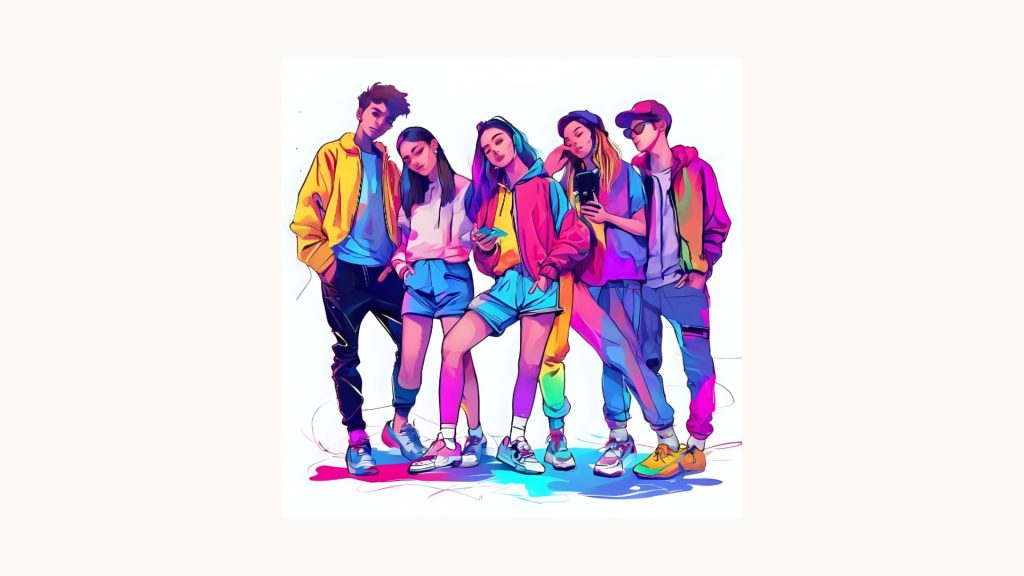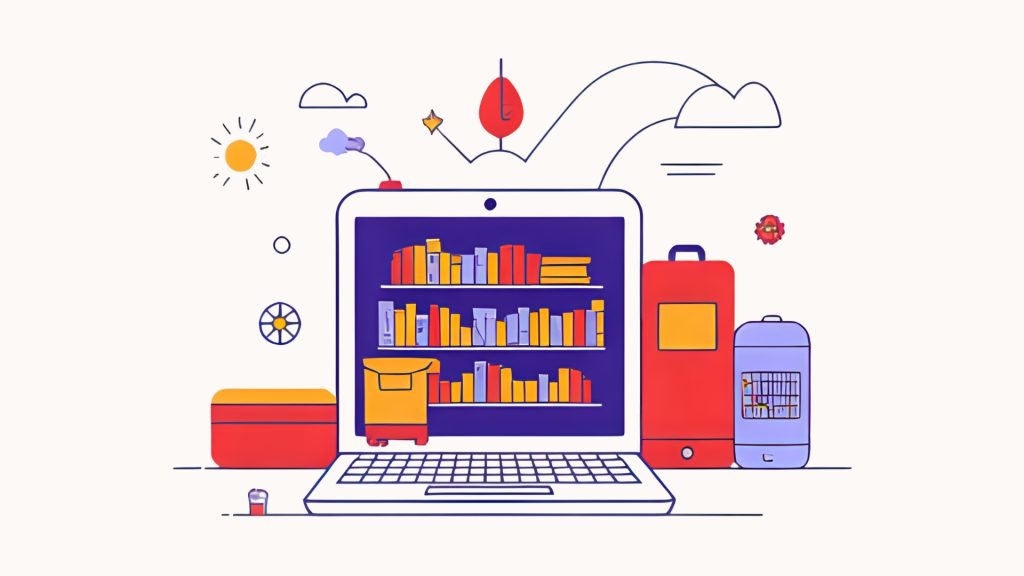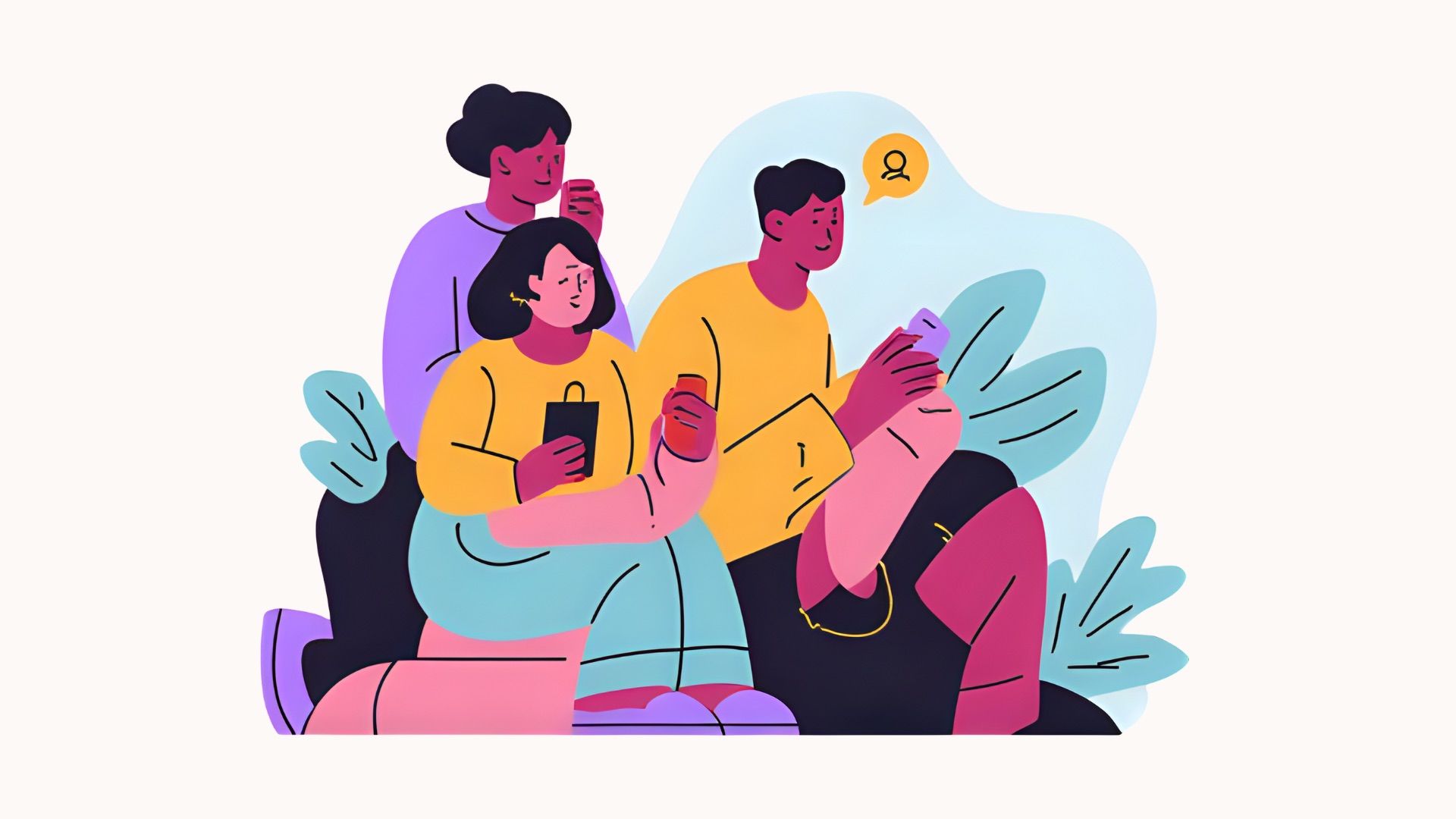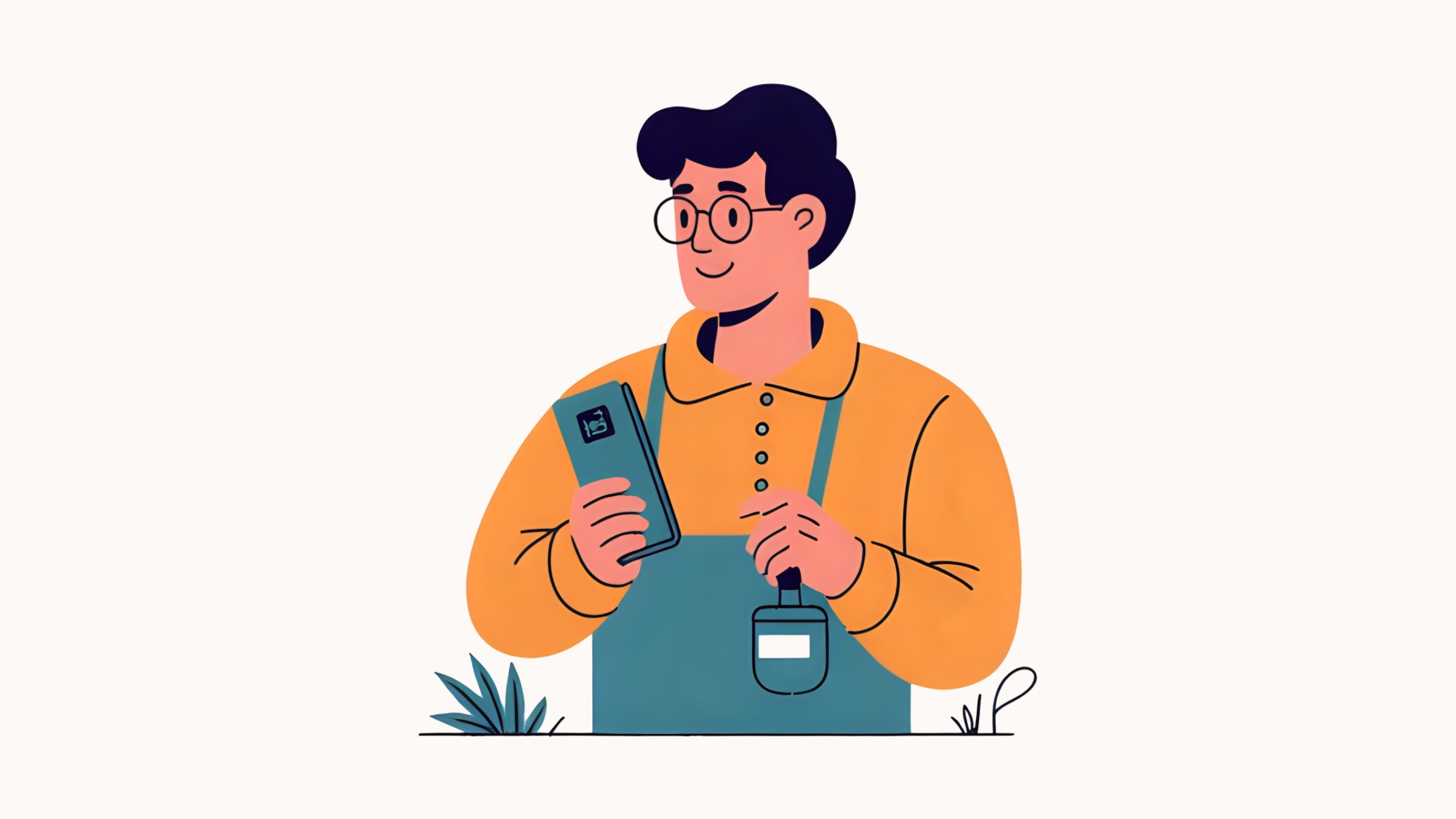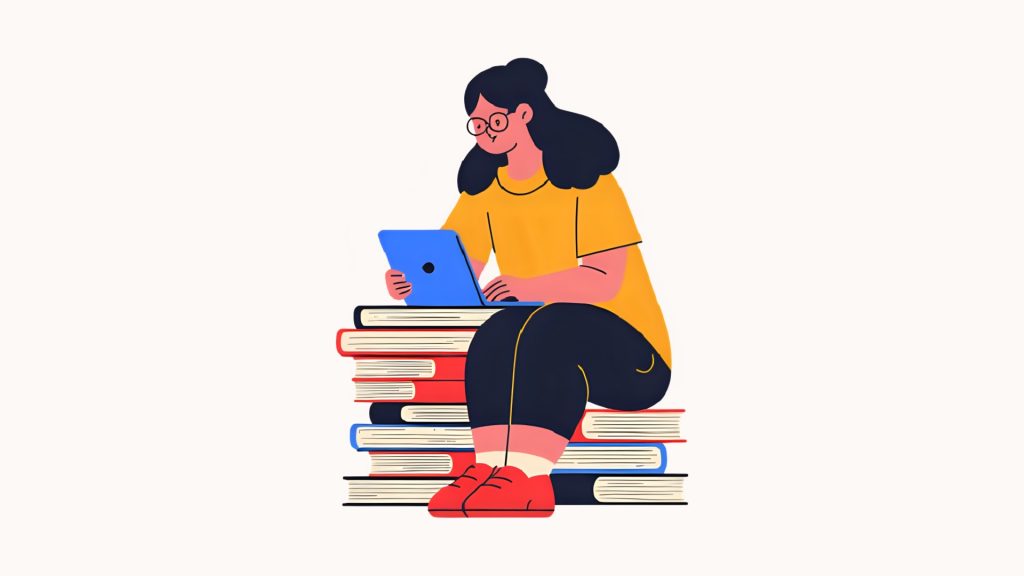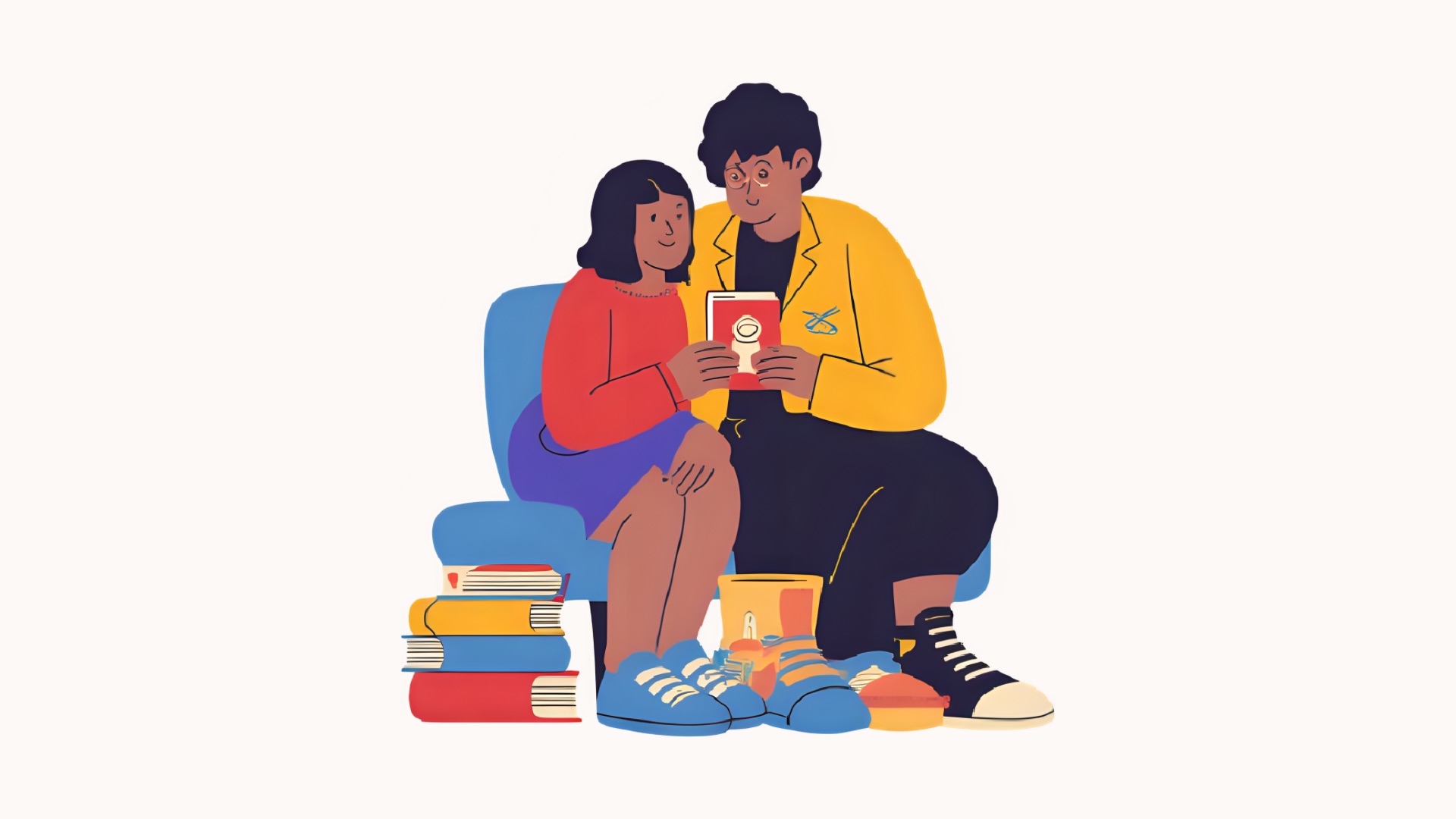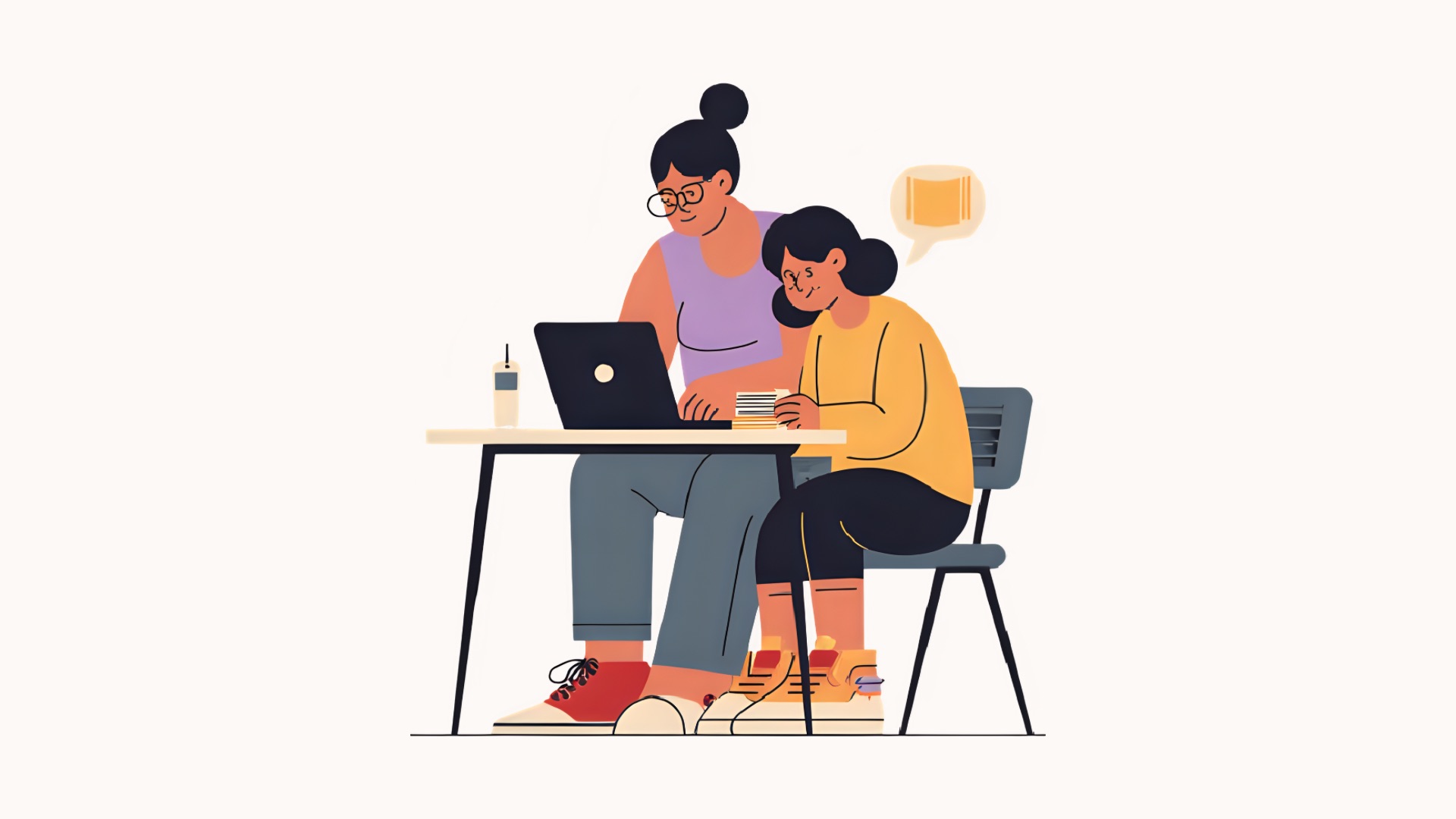Creativity, Connection & the Future of User Experience
Libraries have long been trusted as safe, reliable, and welcoming places — cornerstones of their communities where everyone belongs. But today, they’re becoming something much more dynamic. Across North America, libraries are evolving into vibrant, creative spaces that nurture curiosity, care, and connection. They’re no longer just repositories of information, but catalysts for imagination and community resilience.
As Klinenberg (2018) reminds us, libraries serve as vital social infrastructure — places that help communities not just survive, but thrive. In an era when public institutions face growing political and financial pressure, libraries continue to stand for openness, inclusion, and learning for all. Their strength lies in their ability to adapt: to listen deeply, to experiment bravely, and to reimagine what it means to serve.
This spirit of transformation begins with curiosity and the desire to explore new ideas, engage diverse voices, and design experiences that feel both personal and shared. It’s this curiosity-driven approach that redefines the library’s purpose for the next generation.

Curiosity at the Core
Anythink Libraries offer a powerful model for what transformation can look like when curiosity becomes the compass. Instead of simply adding technology or trendy programs, Anythink has reimagined the entire library experience — from how staff engage with patrons to how spaces invite exploration. Their strategic plan centers on human experience, creative experimentation, and empathy-driven service.
This approach reflects what Stephens (2019) calls a hygge state of mind — an atmosphere that feels warm, meaningful, and deeply human. Anythink has reshaped what a library can feel like, offering an experience that sparks imagination as much as it provides information.
Transformation rooted in creativity and user experience should guide the future of library service. The work ahead isn’t just about resources — it’s about relationships. It’s about building spaces where curiosity drives connection and where innovation grows from care.

Libraries Show Up in Unexpected Ways
Today’s libraries are increasingly mobile, digital, and community-centered — meeting people where they are, not waiting for them to walk through the door. The Sacramento Rolling Library Train brings books, Wi-Fi, and learning opportunities directly to commuters, transforming a train into a hub for discovery. Meanwhile, the New York Public Library’s Insta Novels project turned Instagram Stories into a new platform for classic literature — proving that libraries can innovate within the very ecosystems that define our daily lives.
Some libraries are even expanding their reach beyond books entirely. As highlighted by Free (2023), tool libraries across North America empower people to build, repair, and create while fostering sustainability and shared learning. As Ewen (2018) observed, libraries that connect people through shared experiences, like food and creativity, foster powerful inclusion and belonging. Similarly, a CBC story on a restaurant-library partnership in Ontario shows how food and culture can bring people together — turning libraries into living, breathing community kitchens of learning and connection.
These innovations show us that libraries are no longer just places of access — they’re platforms for experience, growth, and belonging.

Transforming the School Library for Teens
For teens, future libraries must be collaborative, expressive, and authentic. Imagine a school library where students co-design displays, record podcasts, or host pop-up makerspaces and librarians act as mentors and co-learners, not gatekeepers. This shift isn’t idealistic — it’s necessary.
As Lauersen (2024) reminds us, the value of libraries lies in how they help people connect, create, and belong. When school libraries embrace flexibility, play, and participation, they cultivate curiosity and confidence in equal measure. For teens navigating an uncertain world, these spaces can become anchors offering a safe space to grow, imagine, and find their voice.

Building the Future, Together
Libraries aren’t evolving just because technology demands it. They’re evolving because people need it. In a time when misinformation spreads easily and public spaces are shrinking, libraries continue to model what democracy, empathy, and community look like in practice. They remain one of the few public institutions where everyone is welcome — a mission that feels more urgent than ever.
Through borrowed tools, shared meals, mobile libraries, and digital storytelling, libraries continue to show us their greatest resource is connection. The future of librarianship will depend on our ability to stay curious, courageous, and compassionate — crafting experiences that make people feel seen, supported, and inspired.
Libraries remind us that, even in uncertain times, imagination and empathy can build something lasting: a sense of home for everyone.
____________________
References
Anythink Library. (2025). About Anythink. Anythink Libraries. https://www.anythinklibraries.org/about
CBC News. (2024, December 28). How a restaurant-library partnership made food and culture accessible. CBC. https://www.cbc.ca/news/canada/kitchener-waterloo/underground-flavour-group-and-kpl-1.6294810
Ewen, L. (2018, September 4). A movable feast: Libraries use mobile kitchens to teach food literacy. American Libraries Magazine. https://americanlibrariesmagazine.org/2018/09/04/movable-feast-library-mobile-kitchens/
Gaetani, M. (2018, November 11). Libraries and social infrastructure. Center for Advanced Study in the Behavioral Sciences. https://casbs.stanford.edu/news/qa-eric-klinenberg
Klinenberg, E. (2019). Palaces for the people: How social infrastructure can help fight inequality, polarization, and the decline of civic life. Crown.
Lauersen, C. (2024, August 25). The value of libraries: From Roskilde to Toronto. Christian Lauersen. https://christianlauersen.net/2024/08/25/the-value-of-libraries-from-roskilde-to-toronto/
New York Public Library. (2018). The New York Public Library introduces classic literature to “Instagram Stories” with Insta Novels. New York Public Library’s. https://www.nypl.org/press/new-york-public-library-introduces-classic-literature-instagram-stories-insta-novels
Sacramento Regional Transit District. Ride and read on the new Sacramento rolling library train. Sacramento Regional Transit. https://www.sacrt.com/ride-and-read-on-the-new-sacramento-rolling-library-train/
Stephens, M. (2019). Hygge state of mind. In Wholehearted librarianship (pp. 63-65). ALA Editions.
*images created by author in Canva

